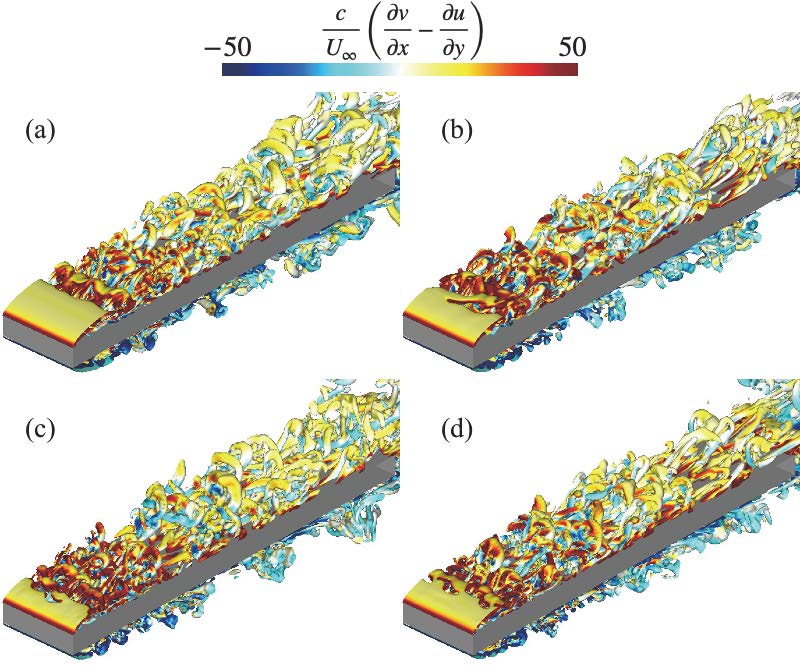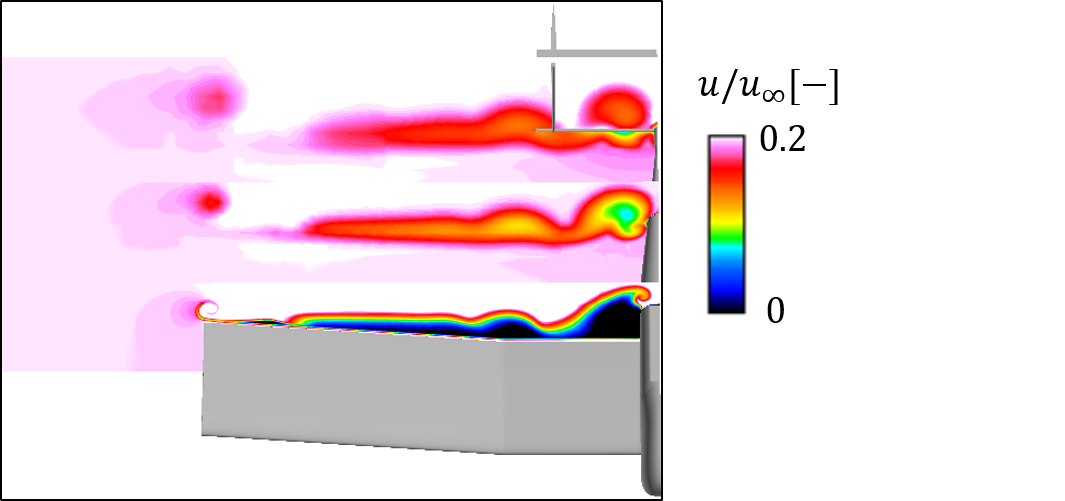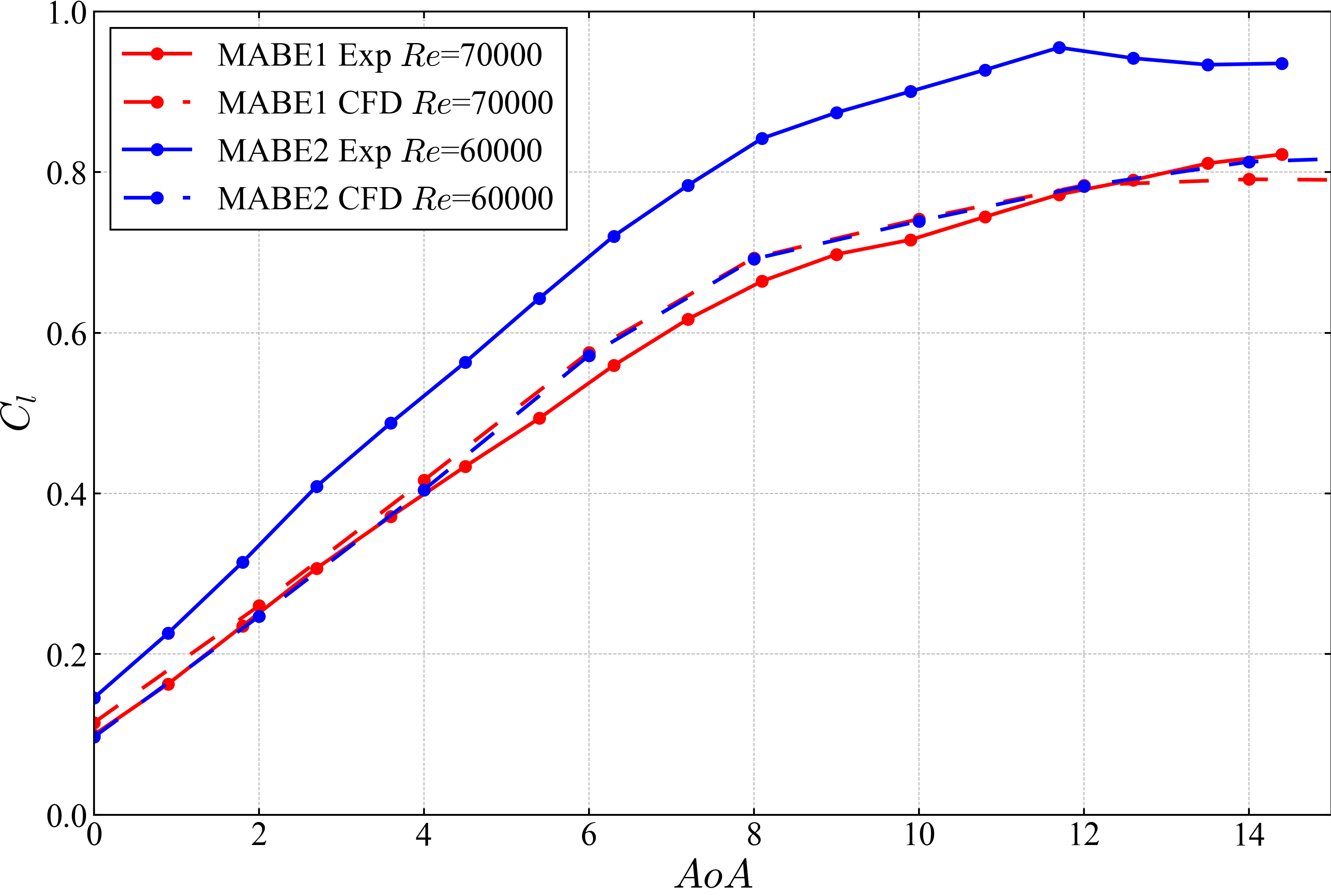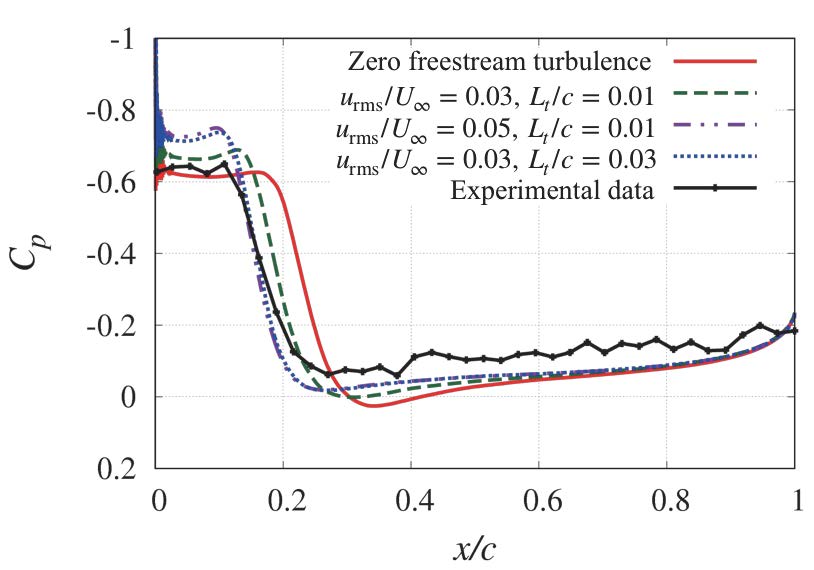Study of high speed fluid
JAXA Supercomputer System Annual Report April 2018-March 2019
Report Number: R18EU0902
Subject Category: Space and Astronautical Science
- Responsible Representative: Akira Oyama, Associate Professor, Institute of Space and Astronautical Science, JAXA
- Contact Information: Akira Oyama(oyama@flab.isas.jaxa.jp)
- Members: Akira Oyama, Hiroaki Fukumoto, Takara Watanabe, Shigetaka Kawai, Satoshi Sekimoto, Shun Tamura, Daiki Terakado, Satoshi Shimomura, Taku Nonomura, Tatsumasa Ishikawa, Mitsuki Koh, Shota Taniguchi, Takahiro Nakagami
Abstract
We conduct fundamental research on aerodynamics such as aerodynamic acoustic noise generated by supersonic jet and aerodynamic design of Mars aircraft.
Reference URL
N/A
Reasons for using JSS2
Large eddy simulation is required for analysis of aeroacoustics generated from a supersonic jet. Aerodynamic design of Mars airplane requires several hundred cases of CFD computation. Therefore, a supercomputer is necessary.
Achievements of the Year
This year, we studied aerodynamics of Mars airplane and freestream turbulence effects.
As for Mars airplane, we obtained aerodynamic characteristics of the high-altitude flight model of Mars airplane (Fig.1, Fig.2). we also investitaged Mach number effect in low Reynolds number condition.
As for freestream turbulence effects, we studied freestream turbulence effects on laminar separation bubbles in low-Reynolds-number flow over a flat plate using large eddy simulations Fig.3). The results have shown that the freestream turbulence accelerates the laminar-turbulent transition and the length of the separation bubble decreases (Fig.4). Consequently, the pressure distribution of the simulations with the freestream turbulence have shown closer distributions to an experimental result than the simulation without freestream turbulence. Moreover, a parametric study has shown that the length scale of turbulence, as well as the intensity of turbulence, affects the flow reattachment point. This fact may indicate that we have to pay attention to the turbulent length scale in addition to the turbulent intensity on wind tunnel tests.

Fig.3: Instantaneous flow structures at (a) zero freestream turbulence condition, (b) intensity 3%, length scale 0.01 (c) intensity 5%, length scale 0.01, and (d) intensity 3%, length scale 0.03.
Publications
– Peer-reviewed papers
1. Taku Nonomura, Hiroaki Nakano, Yuta Ozawa, Daiki Terakado, Makoto Yamamoto, Kozo Fujii, and Akira Oyama, Large-eddy Simulation of Acoustic Waves Generated from a Hot Supersonic Jet, Shock Waves, (accepted).
2. Seiichiro Morizawa, Taku Nonomura, Akira Oyama, Kozo Fujii, and Shigeru Obayashi, Effect of Mach Number on Airfoil Characteristics at Reynolds Number of 3,000, Transactions of JSASS, Vol. 61, Issue 6, pp. 258-267, 2018.
– Oral Presentations
1. Shigetaka Kawai, Keigo Asada and Akira Oyama, Evaluation of Inflow Turbulent Fluctuation Effects on Laminar Separation Bubbles Using Large Eddy Simulations, AIAA SciTech Forum 2019, San Diego, US, January, 2019.
2. Shun Tamura and Akira Oyama, Effect of External Rib Structure on Aerodynamic Performance of Thin Wing in Low Reynolds Number, AIAA-2019-0033, AIAA Scitech 2019 Forum, San Diego, California, January 7-11, 2019.
Usage of JSS2
Computational Information
- Process Parallelization Methods: MPI
- Thread Parallelization Methods: OpenMP
- Number of Processes: 128
- Elapsed Time per Case: 7 Hour(s)
Resources Used
Fraction of Usage in Total Resources*1(%): 1.12
Details
Please refer to System Configuration of JSS2 for the system configuration and major specifications of JSS2.
| System Name | Amount of Core Time(core x hours) | Fraction of Usage*2(%) |
|---|---|---|
| SORA-MA | 10,047,394.86 | 1.23 |
| SORA-PP | 4,066.40 | 0.03 |
| SORA-LM | 104.60 | 0.05 |
| SORA-TPP | 0.00 | 0.00 |
| File System Name | Storage Assigned(GiB) | Fraction of Usage*2(%) |
|---|---|---|
| /home | 1,927.40 | 1.99 |
| /data | 51,475.75 | 0.91 |
| /ltmp | 14,877.80 | 1.27 |
| Archiver Name | Storage Used(TiB) | Fraction of Usage*2(%) |
|---|---|---|
| J-SPACE | 3.75 | 0.13 |
*1: Fraction of Usage in Total Resources: Weighted average of three resource types (Computing, File System, and Archiver).
*2: Fraction of Usage:Percentage of usage relative to each resource used in one year.
JAXA Supercomputer System Annual Report April 2018-March 2019





